This piece was provided by CODO Design, a food and beverage branding firm, and authors of Craft Beer, Rebranded. This book (and companion workbook) is a step-by-step guide to help you map out a successful strategy for rebranding your brewery. Join 5,000+ other brewing industry folks on the Beer Branding Trends newsletter to receive monthly field notes covering trends, currents and actionable advice from the front lines of beer branding.

CODO is, as I type this, helping a multinational company launch an important brand extension. This is such an enormous investment that the company spent 10 months conducting a rigorous market research process to determine its viability. Seeing behind the scenes and wading through their detailed findings report highlights an interesting quirk we’ve seen in the beer industry.
From 2010 to 2017, we worked predominantly with breweries in planning. And during this time, we rarely saw a brewery come to the table having conducted thorough market research. Whenever we discussed this, the consensus was that craft beer is exploding, everyone wants it and this train ride will never end(!). So defining your customers, looking at competition and even thinking about your portfolio strategy wasn’t really necessary. “We’ll brew what we like and sell whatever we don’t drink,” etc.
And this actually worked out fine through the early days of the beer boom because there was so much room to grow. But as we steadily crested 6k, 7k and eventually 8k breweries in the United States, the days of coming to market with little-to-no planning are now firmly behind us.
Enter longtime CODO friend and colleague Joel Hueston, Director of Commercial Strategy at First Key Consulting, a leading brewing industry consulting firm out of Vancouver, BC. I’ve worked with Joel for five years in my role as a professor at the University of Vermont’s Business of Craft Beer Program and on a few consulting projects in between. He’s one of our favorite people in the industry and we can think of no one better to explain the importance of market research for a craft brewery (or any food and beverage business).
Isaac (CODO): Kicking off, please introduce yourself — what’s your background and what lead you to working at First Key?
Joel: My background is in corporate beer up in Canada, first with Molson and then with Coors Canada, which was a joint venture between Molson and Coors. I occupied several different roles over 23 years, including sales analysis, marketing and field marketing. I was the National Brand Director on Coors Light for a couple of years in the late 90’s. I left the beer business in 2005 to do some other things (mostly management and leadership training) but returned joining First Key in 2011 as Director of Commercial Strategy. At this point in my life, consulting is a great fit, allowing me to share my knowledge and experience with others in the industry. I love beer, always have.
CODO: Please give us a run down on market research. What is it, what are the different ways you can do it and why bother with it in the first place?
Joel: In my opinion, conducting high quality market research is at the foundational core of any well-run business. How do you know what strategies and tactics you want to execute against if you don’t understand the market you’re competing in? Critical elements like key trends and dynamics, the competitive set, what’s working and what’s not, the regulatory landscape, local demographics, estimating and understanding costs, etc. is all priceless information that will be needed to make informed decisions.
Desk-top research can be conducted using a combination of Internet sources and official statistical reports, but I strongly suggest that be combined with grassroots analysis of the local market. Face-to-face interviews with key stakeholders in the space and a bunch of simple observations can add an invaluable layer of nuance to your business plan that can make the difference between good and great. Often the “little things” can end up being some of your most important key differentiators.
CODO: When we handle market research (as non-specialist), we focus on distributor and key account interviews (e.g. bottle shops and large chain grocery) to get a feel for the market and how our client fits into the picture. Beyond that, we focus a lot on planograms and the visual side of the competitive set to guide our positioning, branding and packaging work. What else can we do to better shore up our own process? Thanks for the free consultation!
Joel: The branding well is very deep and I think it’s almost impossible to do TOO much research. That said, having a clear understanding of what the competition is doing is the local area is one of the most critical areas to explore. Who is the most successful local craft brewery and why? What are they doing that no one else is doing? Understanding the local nuances that resonate with customers is something that can provide critical learning and generate ideas for potential implementation. Every local landscape is different and the craft players that do their homework, differentiate and execute well are the ones that usually come out on top.
CODO: What are some of the outcomes of a full market analysis? Beyond providing the client with a lay of the land, are you developing specific portfolio and product mix suggestions as well as go-to-market strategy or is this a case by case thing?
Joel: Every business plan is different, but a basic framework applies to most of them that includes critical go-to-market elements like portfolio mix, container strategy, distribution approach, target market, sources of volume, pricing, marketing and promotional activity, retail strategies, budgets and volume projections. Each one of those buckets involves a lot of strategic, tactical and executional detail. There is a lot to think about!
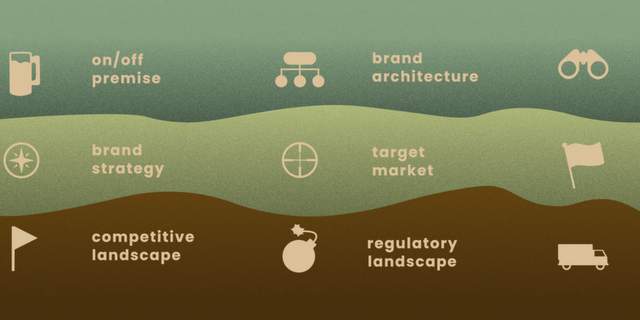
CODO: For the last 10 years, we’ve only had a few breweries in planning really dig into market research for their brewery or new beers. For the rest of the industry, research just seems like a box you check on your business plan so you look more legit when applying for a loan. Have you seen this as well, or are we in some sort of weird place where this hasn’t really mattered to our clients?
Joel: Oh yes, I have most definitely seen this. I think it’s one of the key reasons for the “sameness” in the way many craft breweries operate these days. Like you say, it often feels like they’ve created a checklist and just executed against that. The problem when you simply copy what the guy down the street is doing is that it minimizes differentiation and stifles some of the unique elements that might have made your brewery stand out. Just because your competitor is doing something doesn’t mean it’s the right thing to do.
When you conduct thorough market research it empowers you to make good decisions based on facts and allows you to leverage unique local dynamics that can increase customer appeal. Market research shouldn’t be conducted just to please the folks at the bank. It should be the rudder that steers your go-to-market approach. You have to do the work. It will pay off.
CODO: Related, we see a lot of interest in market research in non-beer verticals — think kombucha, seltzer, RTD cocktails, cannabis and wine. Why do you think these other industries are embracing research ahead of launching new products?
Joel: I think a significant part of the reason is that (in most cases) these are emerging categories and aren’t as established as beer. The beer industry is king of the hill and has had a “this is the way it’s done” mentality for decades. Old habits can be hard to break. As the beverage alcohol market becomes increasingly competitive, decision makers in these newer categories realize that in order to carve out a niche for themselves they will have to very clearly understand what they’re getting into and what strategic and tactical levers they will need to pull to be successful.
I think the beer category is becoming more sophisticated and that this market research gap is shrinking, but we still have a long way to go. This will be critical because everyone can see that beer’s slice of the pie is gradually shrinking. Beer volume has shown a consistent decline since the 2008 recession and if the segment is going to be stabilized, upping the market research game will be a requirement.
Read the rest of this piece over on CODO’s blog.
Join CODO’s Beer Branding Trends newsletter for monthly field notes covering trends, currents and actionable advice from the front lines of beer branding.

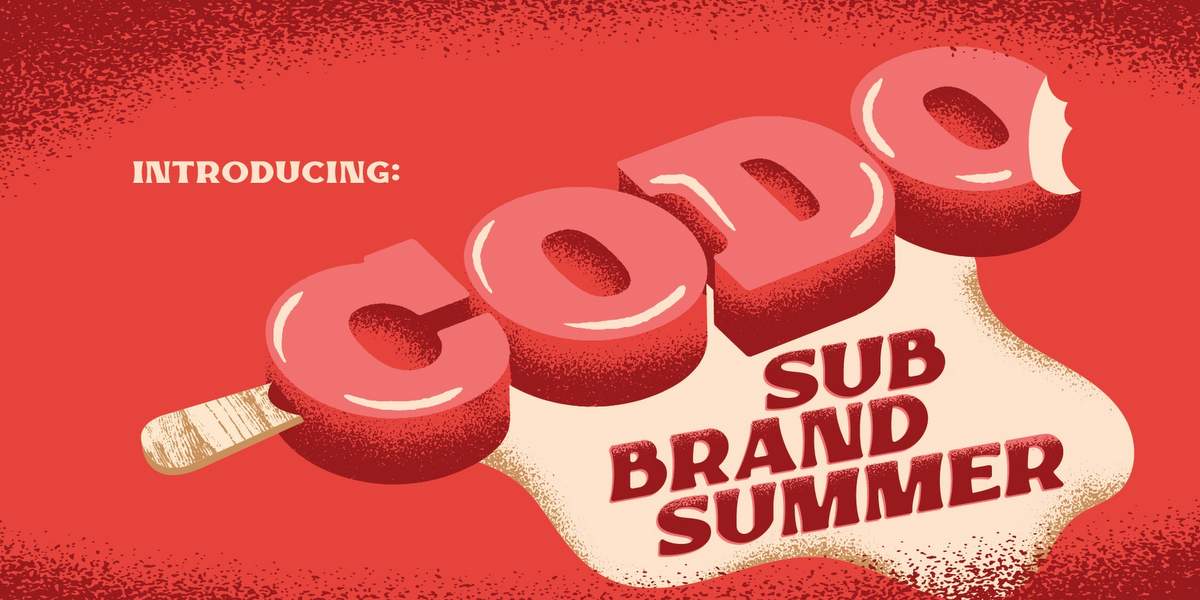
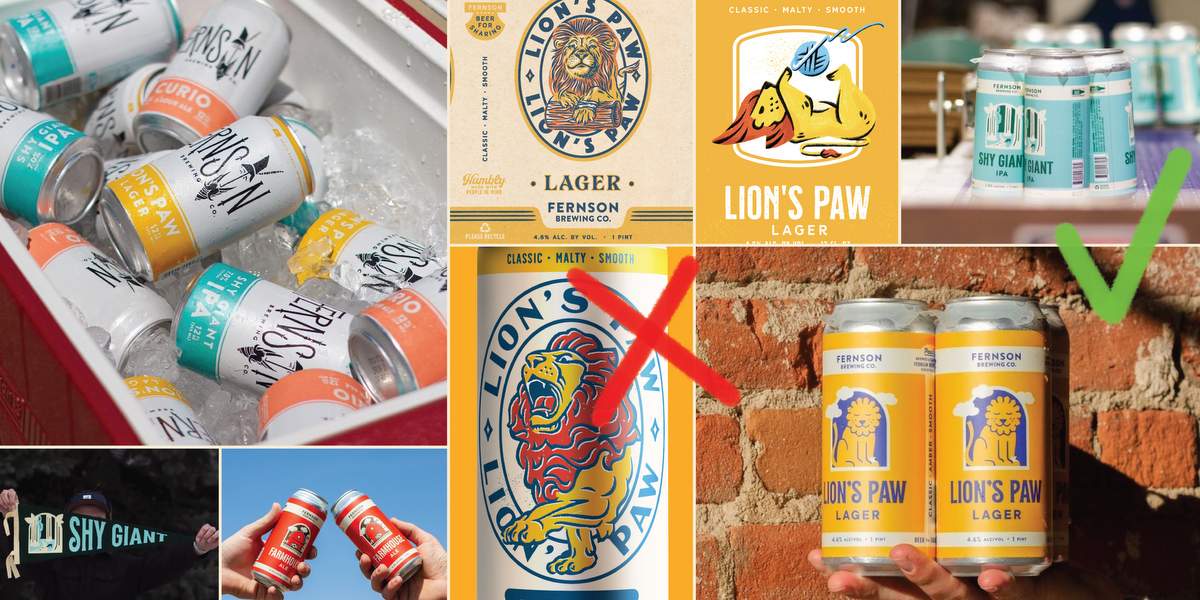
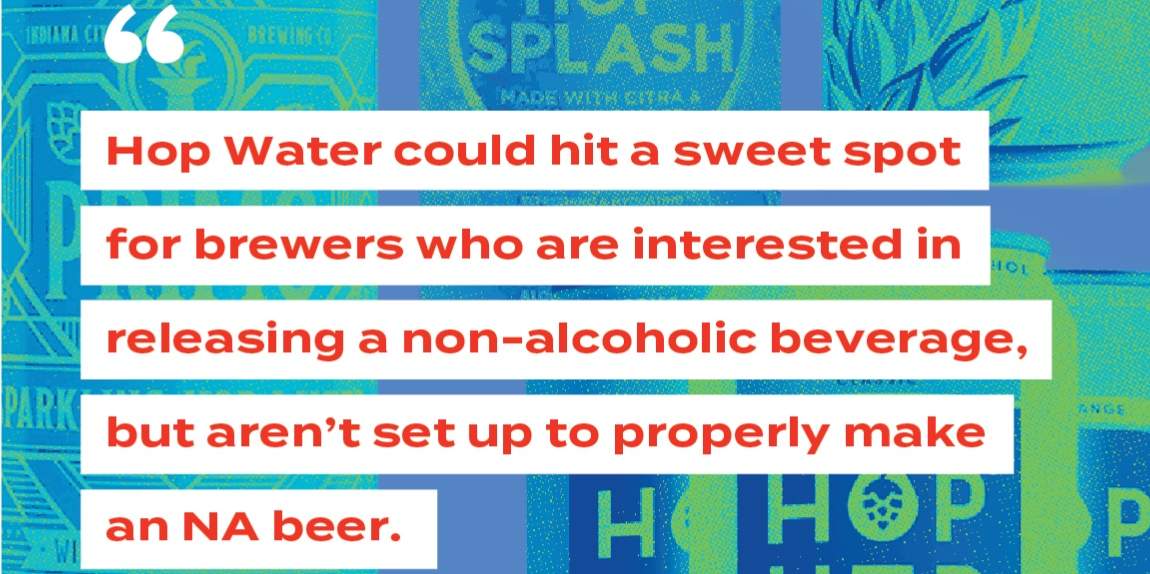
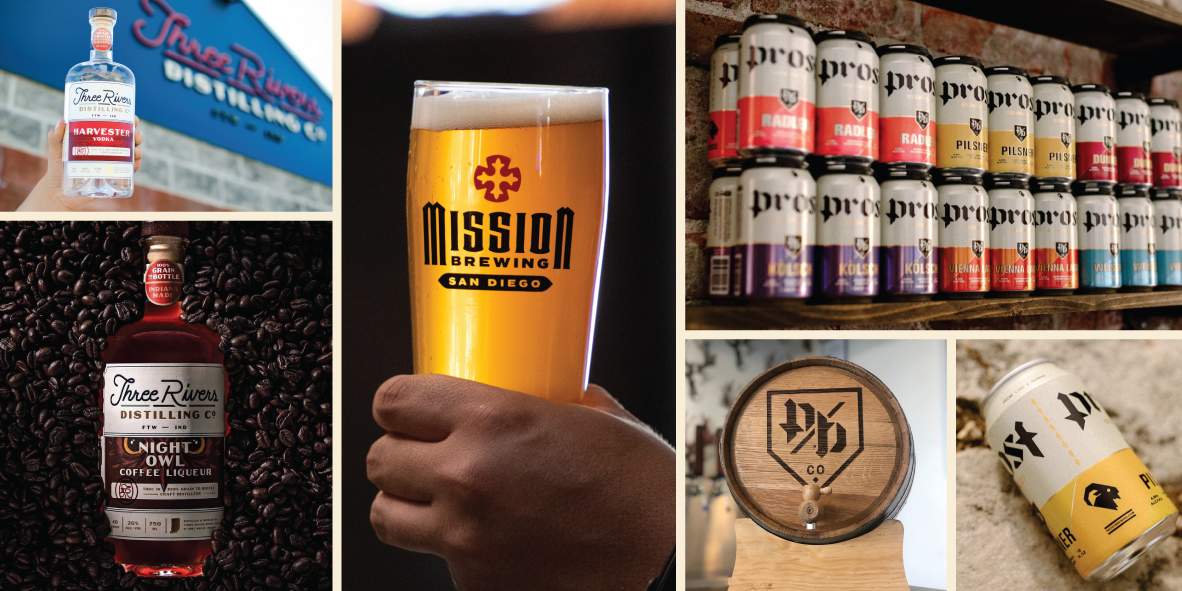
Leave a Reply
You must be logged in to post a comment.